Your footwear can make or break your performance when it comes to high-intensity workouts. Each jump, sprint, and lift puts intense pressure on your feet, and not every shoe can handle the impact. The best cross trainers for HIIT workouts are built to support explosive movements, quick transitions, and total-body power, offering the perfect balance of support, cushioning, and stability.
But with so many gym trainers on the market, how do you know which ones suit your routine best? This guide dives deeper into the cross-training category to help you find the right fit, whether you’re tackling CrossFit WODs, interval sprints, or a mix of cardio and weights.
Selecting the Best Cross Trainers for HIIT and Beyond
Why Your Choice of Cross Trainers Matters
Cross trainers are designed to perform across multiple workout types, from agility drills to resistance training. Running shoes prioritise forward motion and cushioning. On the other hand, cross trainers focus on multi-directional support and stability, helping you stay balanced during lateral moves, jumps, or quick pivots. Visit Can Training Shoes Be Used For Running to learn more.
The right cross trainer ensures your feet stay protected and supported throughout if you often switch between weightlifting, HIIT, and cardio in one session. Think of them as the all-rounders of the gym floor, ready for anything your workout throws at them. Find some more expert advice in our Cross Trainer Online Shopping Guide and Tips.
Step 1: Identify Your Training Style
It helps to identify your workout focus before choosing a pair. Here’s how different training styles demand different shoe features:
|
Workout Focus |
What You Need |
Key Features to Look For |
|
HIIT & Cardio Circuits |
Lightweight responsiveness for fast-paced movement |
Flexible sole, cushioned midsole, breathable upper |
|
CrossFit & Strength Training |
Stability and grip for heavy lifts and rope climbs |
Flat base, firm heel, durable outsole |
|
Hybrid Training & Versatility |
Balance between cushioning and structure for all-round performance |
Moderate cushioning, lateral support, adaptable fit |
Best Cross Trainers for HIIT and Cardio Power
Lightweight responsiveness is key for workouts filled with jumps, sprints, and quick direction changes. Your shoes need to absorb shock during explosive movements while providing enough grip to stop and start with control.
On Cloud X4 – Built for Speed and Agility
The On Cloud X4 is a top pick if HIIT is your main focus. It’s designed to handle the fast, dynamic pace of high-intensity workouts while keeping you stable during side-to-side transitions, with its Helion™ Superfoam Midsole.
-
Why it stands out: X-Shaped Speedboard® made from a pliable nylon blend allows natural movement.
-
Cushioning: Just enough padding to protect joints during burpees and jump squats.
-
Lateral stability: Midfoot cage and star lacing system wrap securely around the foot.
Expert Tip: A responsive shoe like the On Cloud X4 helps transfer energy efficiently during plyometric moves, meaning less fatigue and better performance through each interval.
Best Cross Trainers for CrossFit and Strength Work
You need a stable base that won’t compress under pressure when your training includes lifting, rope climbs, and functional strength moves. This is where CrossFit-style trainers excel; they prioritise grip, stability, and durability over softness.
Reebok Nano X4 – Reliable, All-Condition Performer
A long-time favourite among CrossFit enthusiasts, the Reebok Nano line is known for its stability and wide toe box, perfect for athletes who need secure footing for multi-directional drills.
-
Why it stands out: Wide base for balance; breathable yet tough upper.
-
Use it for: WODs, sled pushes, box jumps, and functional fitness sessions.
Best Cross Trainers for Versatile or Hybrid Workouts
You need a shoe that offers the best of both worlds if your workout routine changes daily, from treadmill runs to dumbbell sets. Look for a balance between comfort, support, and responsiveness.
Under Armour Commit 4 – The All-Round Athlete
The Under Armour Commit 4 is ideal for gym-goers who want versatility without compromise. It blends cushioning for cardio comfort with firmness for strength work.
-
Why it stands out: Dual-layer cushioning absorbs impact while keeping your foot stable during lifts.
-
Versatility: Smooth transitions between treadmill, rower, and free weights.
-
Grip: Solid outsole traction keeps you grounded through quick moves.
Expert Tip: Avoid overly cushioned running shoes if you prefer a mix of training types. Cross trainers like the Commit 4 offer just the right firmness for multi-activity support.
Step 2: What to Look for in the Best Cross Trainers for HIIT
No matter your workout preference, the best cross trainers share a few essential traits. Use this quick checklist before you buy:
-
Lateral support: Keeps your ankle stable during side-to-side movements.
-
Cushioned midsole: Reduces joint strain during jumps and sprints.
-
Firm base: Supports weightlifting and power moves.
-
Breathability: Prevents overheating during intense workouts.
-
Grippy sole: Provides reliable traction on gym surfaces.
Test them by performing a few jumps or squats when trying on a pair. Your heel should stay secure, and your foot shouldn’t slide forward. A good cross trainer feels locked in, supportive, and ready for action from the first wear.
Step 3: Match Your Shoe to Your Routine
Your ideal cross trainer depends on how you train:
-
Mostly HIIT and cardio: Choose the On Cloud X4 for flexibility and shock absorption.
-
Mostly strength and CrossFit: Go with the Reebok Nano X4 for stability and durability.
-
A bit of everything: The Under Armour Commit 4 offers balanced versatility for mixed routines.
Consider owning two pairs: one built for heavy lifting and one for speed or agility work if you frequently rotate between styles.
Expert Insight: Why One Shoe Doesn’t Fit All
Many gym-goers try to use running shoes for HIIT or CrossFit, but this often leads to poor stability and even injury. Running shoes are built for forward momentum, not lateral motion or heavy loads. Cross trainers, by contrast, distribute pressure evenly across the foot, improving balance and power transfer during compound movements.
In short: Investing in the right pair of cross trainers will make your sessions more effective, more comfortable, and safer if your workouts vary.
Step Up Your Training Game
Choosing the best cross trainers for HIIT is about looks, but it’s also about performance, protection, and pushing your limits safely. Crushing a heavy lifting day, or mixing up your cardio routine, the right pair can elevate your results, whether you’re tackling a fast-paced circuit.
At The Athlete’s Foot, you’ll find top-performing models, each tailored to a different training focus.
Get ready to lace up, train smart, and power through every session with shoes designed to keep up with your ambition by visiting our store today.
FAQs
What’s the difference between HIIT and CrossFit trainers?
HIIT trainers prioritise cushioning and flexibility for explosive movement, while CrossFit shoes focus on stability and durability for heavy lifts and rope climbs.
Can I use running shoes for HIIT?
Running shoes aren’t ideal—they’re built for forward motion and lack the lateral support needed for quick directional changes.
How often should I replace my cross trainers?
Depending on use, replace them every 6–12 months or when you notice reduced cushioning or traction.
Are cross trainers suitable for weightlifting?
Yes, but choose models with a firm heel and stable base, like the Nike Metcon 9, for the best support during lifts.

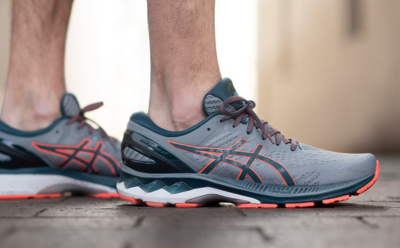
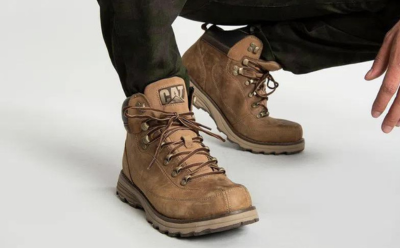
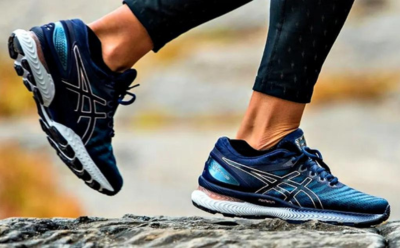
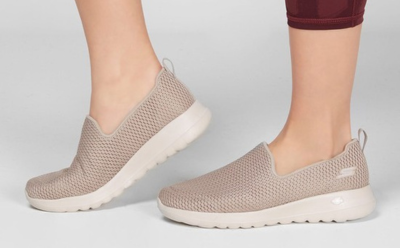
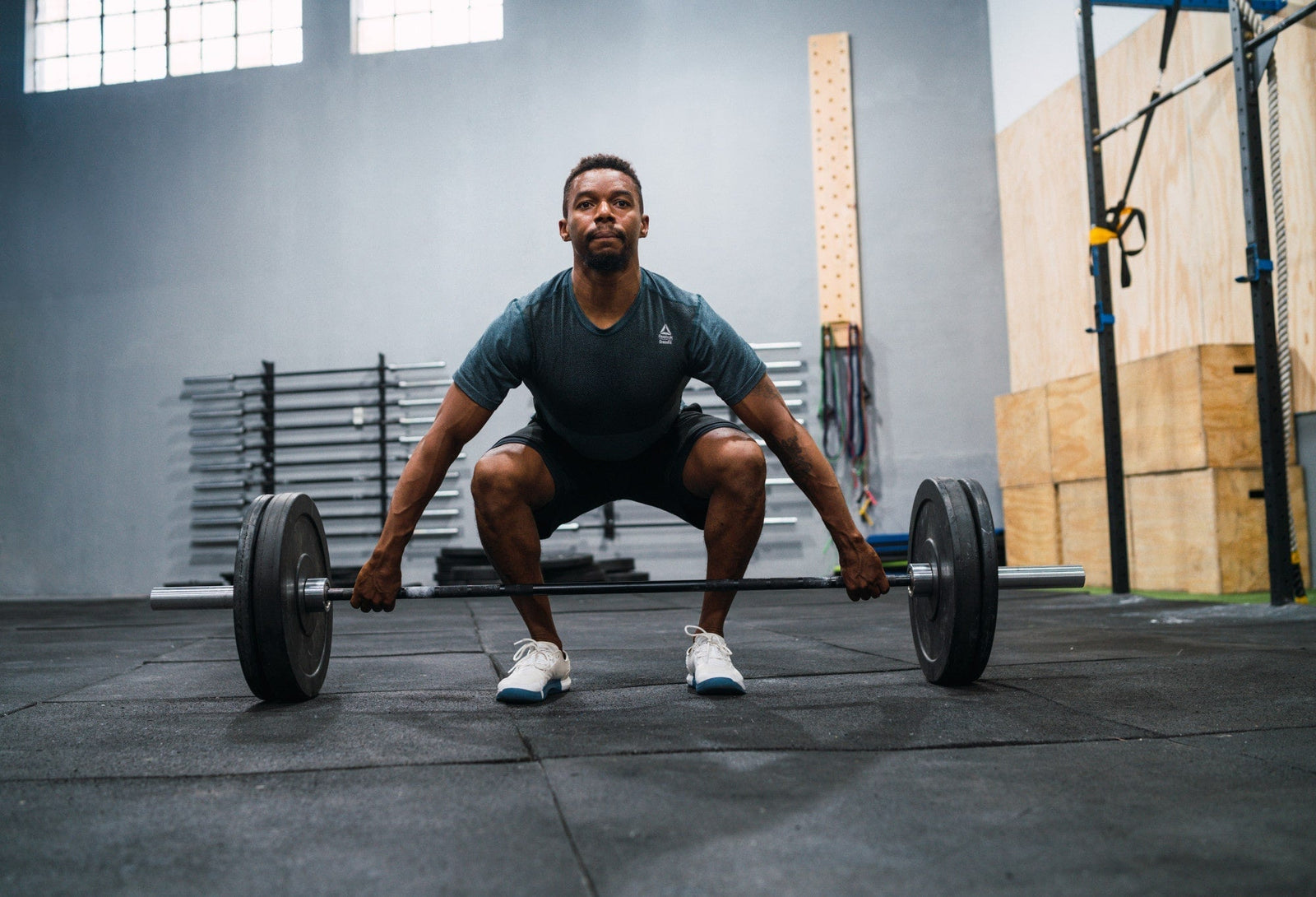

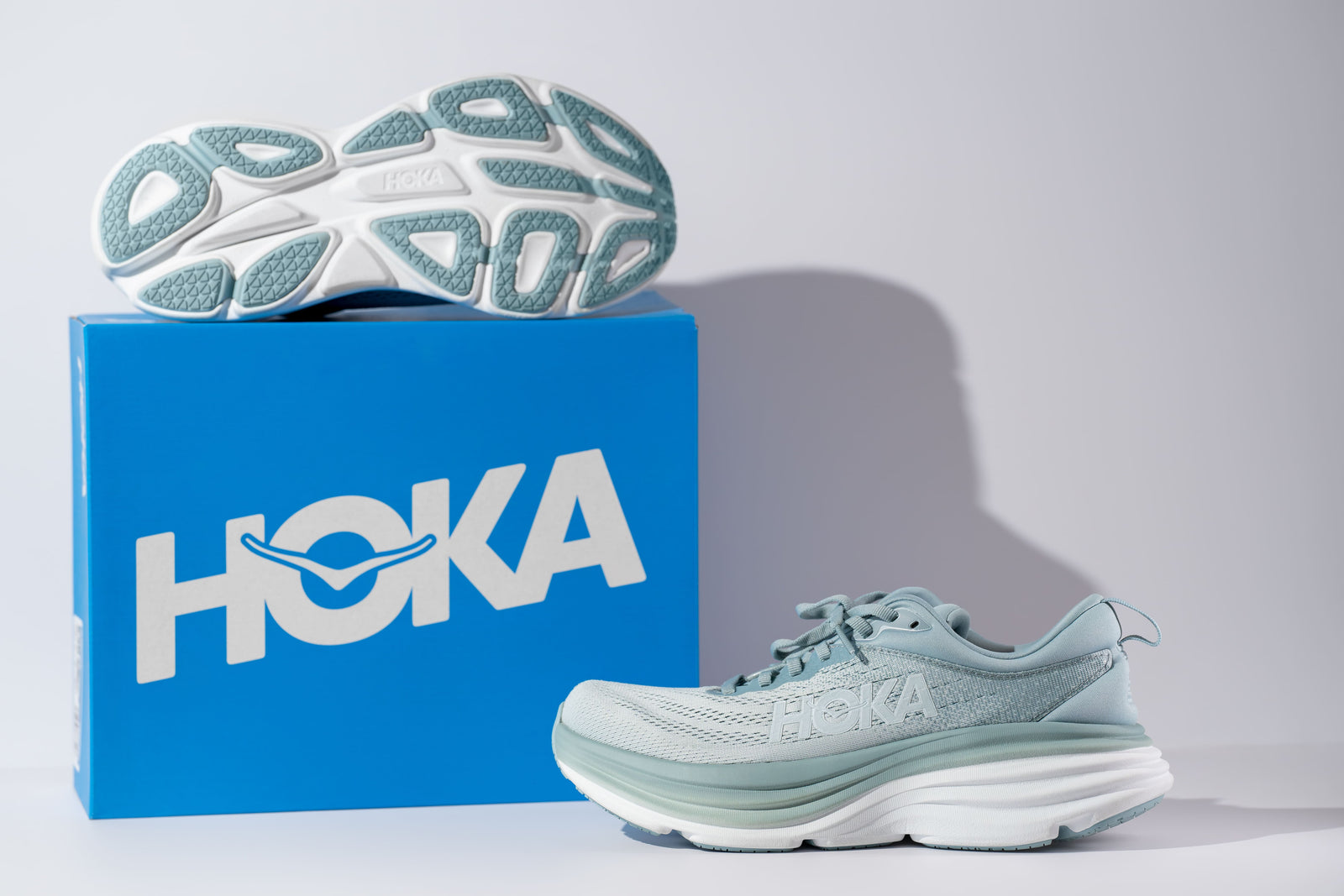
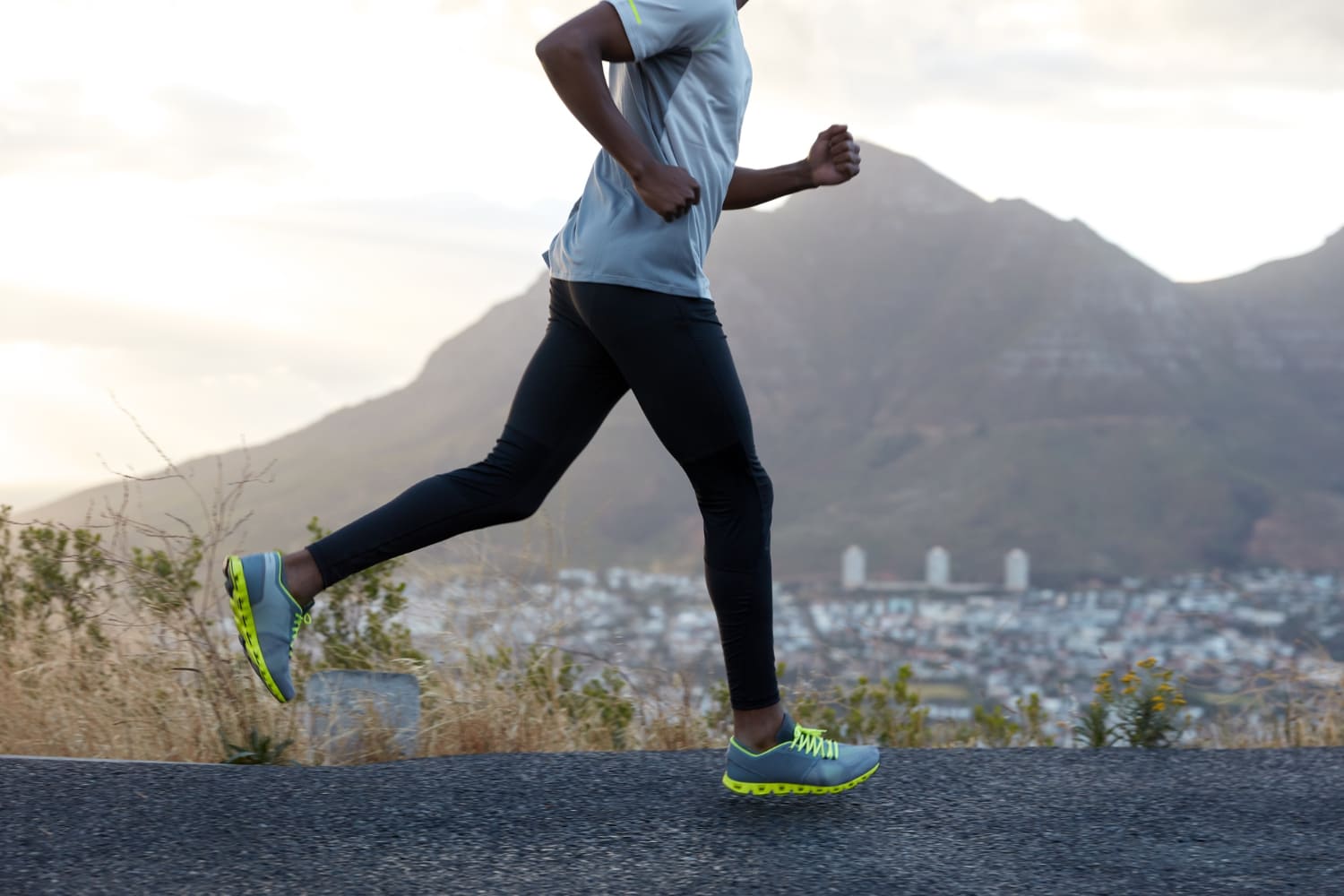
Leave a comment (all fields required)